2013 US Air
Financial Strength Rankings using Artificial Intelligence
| Top rated | 4 of 18 |
| Best rating | 120 % |
| Worst rating | < 0.001 % |
| New companies | 3 |
| Negative Economic Capital Ratio |
Financial Strength Rankings using Artificial Intelligence
| Top rated | 4 of 18 |
| Best rating | 120 % |
| Worst rating | < 0.001 % |
| New companies | 3 |
| Negative Economic Capital Ratio |
American Airlines Group Inc climbed 2 positions from 12 to 10 due to its excellent Comprehensive Net Income.Great Lakes Aviation LTD lost 1 positions from 10 to 11 due to its bad Operating Expenses.Saker Aviation Services Inc entered the 2013 ranking at rank 9, making it the best newcomer.
| Revenues | 112 B |
| Assets | 145 B |
| Expenses | 166 B |
| Stockholders Equity | 92.5 B |
| Unprofitable Companies |
| Rank | Company | Seal | Rating Value | Trend | ||
|---|---|---|---|---|---|---|
 | 1 | Bristow Group Inc | 119.55% | 0.0 | ||
 | 2 | PHI Group Inc DE | 109.56% | 0.0 | ||
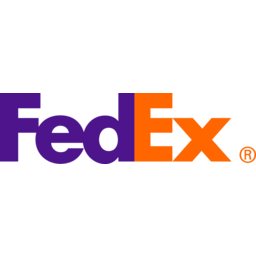 | 3 | Fedex CORP | 102.57% | 0.0 | ||
 | 4 | Federal Express CORP | 100.45% | 0.0 | ||
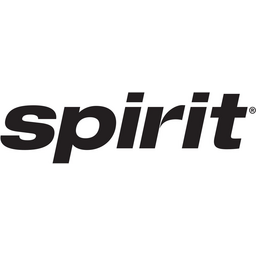 | 5 | Spirit Aviation Holdings Inc | 97.17% | 2.0 | ||
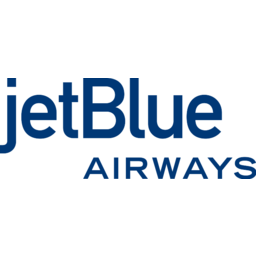 | 6 | Jetblue Airways CORP | 94.88% | -1.0 | ||
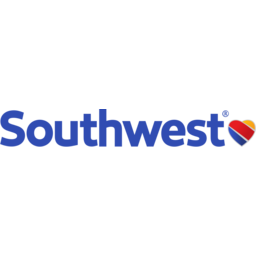 | 7 | Southwest Airlines CO | 92.86% | 1.0 | ||
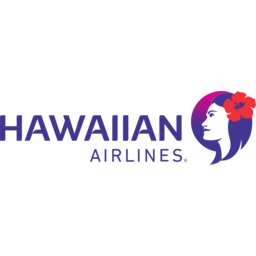 | 8 | Hawaiian Holdings INC | 81.97% | 1.0 | ||
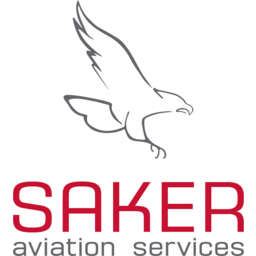 | 9 | Saker Aviation Services Inc | 78.43% | 0.0 | ||
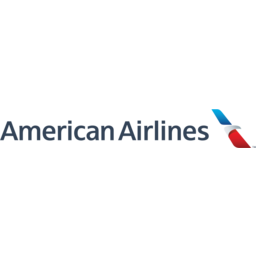 | 10 | American Airlines Group Inc | 69.78% | 2.0 | ||
 | 11 | Great Lakes Aviation LTD | 66.96% | -1.0 | ||
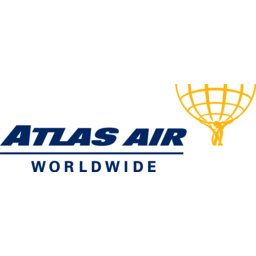 | 12 | Atlas AIR Worldwide Holdings INC | 63.50% | -1.0 | ||
 | 13 | American Airlines INC | 60.12% | 0.0 | ||
 | 14 | AIR Methods CORP | 57.16% | 1.0 | ||
 | 15 | Delta Tucker Holdings Inc | 46.53% | 2.0 | ||
 | 16 | US Airways Group INC | 43.52% | 2.0 | ||
 | 17 | CHC Helicopter S A | 43.06% | 0.0 | ||
 | 18 | Fuse Science Inc | 0.00% | 0.0 | ||
| Rank | Company | Seal | Rating Value | Trend |
The Feature Distribution shows the main industry variables and the distribution of their impact on financial strength. The more important a variable, the broader the distribution. As the effects are calculated relative to the industry average, half of the companies have a positive effect (green) and half have a negative effect (red).
The Regression compares the forecasted company valuation with the observed stock market values. A positive correlation suggests that the model effectively explains market prices.
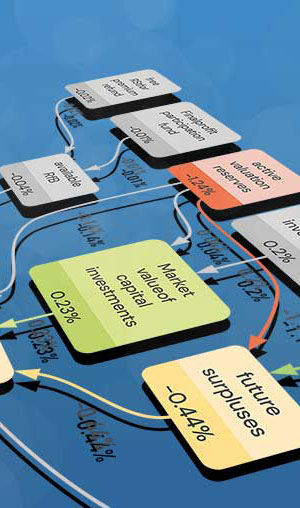
This year's rating information is fee-based. Please request rates at
james.woods@realrate.ai